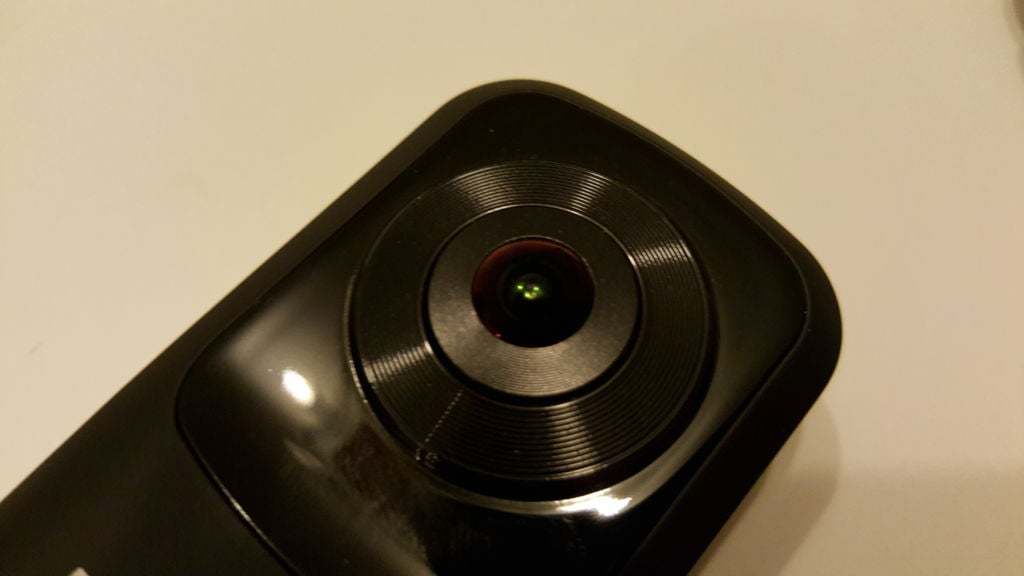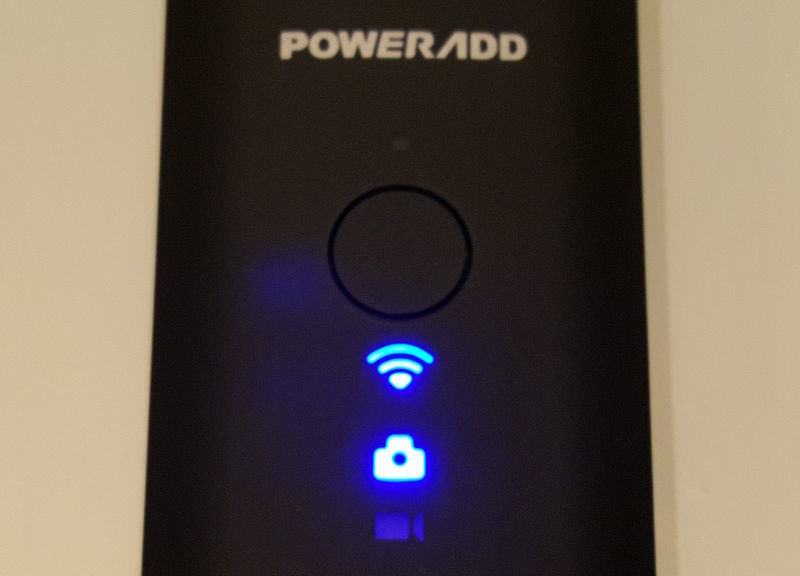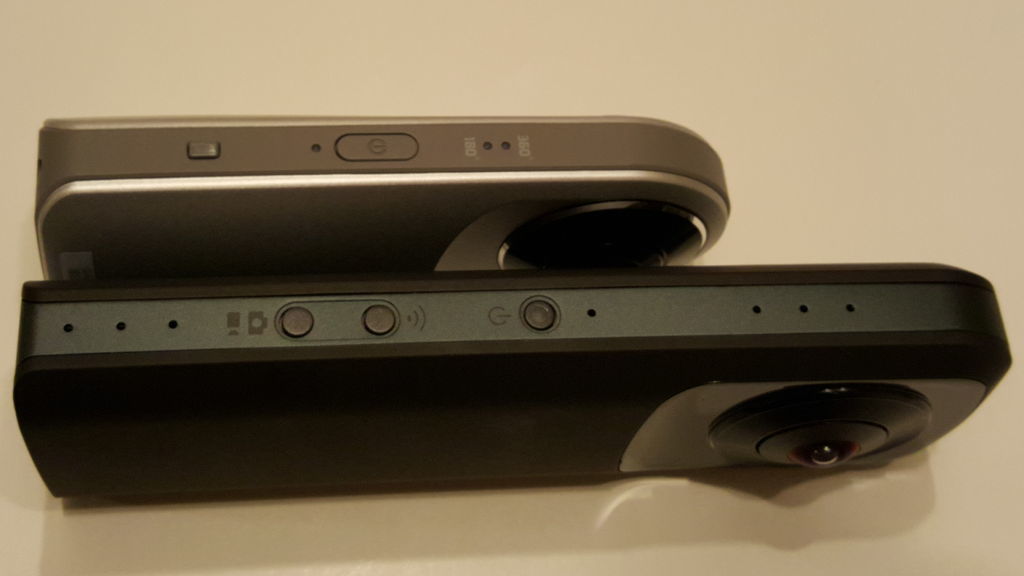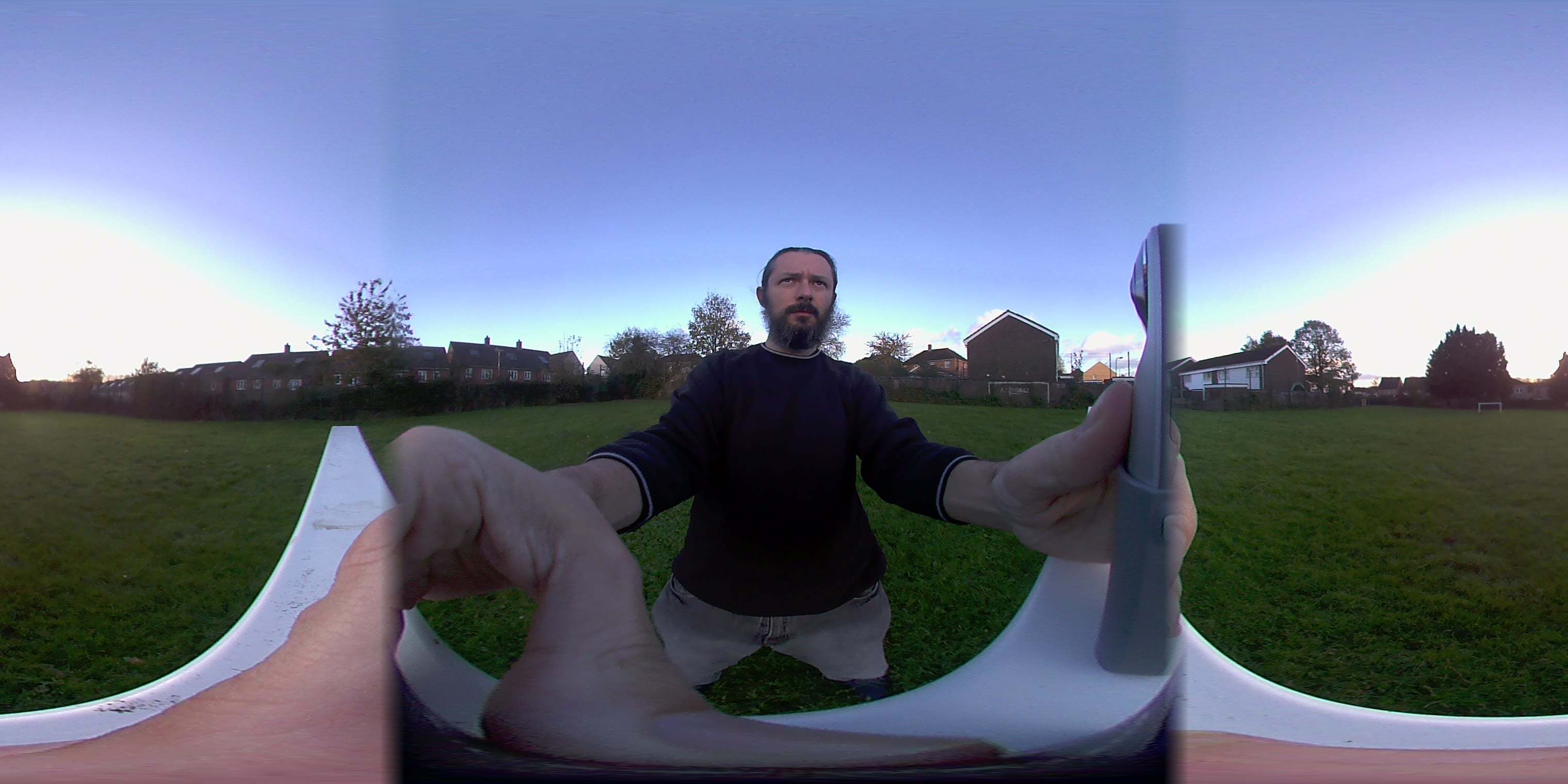Review: PowerAdd 360 Camera
After seeing my review of the LG 360 camera, the good folks at PowerAdd sent me their competitor to see what I thought.  This sponsored post is a showdown between the two cameras. The PowerAdd is half the cost of the LG, but what's the quality like?
This sponsored post is a showdown between the two cameras. The PowerAdd is half the cost of the LG, but what's the quality like?
Tech Specs
Before we dive in to the photos and videos, let's see how they compare on raw numbers.
| PowerAdd | LG | |
|---|---|---|
| Video Resolution | Video: 1080P@30FPS 720P@60FPS | 2560 x 1280 (30fps) |
| Photo Resolution | 12MP | 16MP |
| Sound | Stereo | 5.1 & Spatial |
| USB | Micro USB | USB-C |
| Battery | 1400 mAh | 1,200mAh |
| Max SD Card | 128 GB | 2TB |
| Bluetooth | N/A | 4.1 LE |
| WiFi | 802.11 b/g/n | 802.11 b/g/n |
| Price | £90 | £180 |
Photo
By default photos are 3040*1520 and taken in spherical format. The average photo size is about 1.5MB. They look like this:  (click for full-size)
(click for full-size)
There's very little metadata included, aside from a mysterious comment.
There's an option in the app to export the photo in equirectangular format.
The exported version looks like this:
As you can see, the stitching isn't perfect, but that's sadly common on all cameras like this. Filesize is about 2.1MB.
Here's the same photo taken by the LG 360. It's 5660*2830 and 4.5MB.
Comparison
The PowerAdd has lower resolution, that's obvious. But when viewed on a phone screen, it doesn't make much difference. Stitching needs improving, but it isn't noticeably worse than the LG.
The app is annoying to use - more on that in a bit - you have to download the side-by-side file into the app, then find the photo in your gallery, then share it, which then converts it to an equirectangular photosphere. A little cumbersome.
Video
Video quality is adequate. As you can see here, it is a bit blurry and suffers under low light.
Sound is stereo. The LG has full 5.1 and spatial audio - which is more suitable for use on VR. But the PowerAdd captures voices perfectly well.
Just like the photos, the raw video is side-by-side. Filesize is about 1MB per minute when copied directly from the SD card. You can use the app to trim the video and export to to 360 format. Once stitched together by the software, the filesize doubles to about 2MB per minute.
Interestingly, the LG will only record for a maximum of 20 minutes, the PowerAdd will go for 80 minutes at a time.
Physical Size

The PowerAdd is significantly bigger and heavier. That doesn't bother me. If anything, it feels sturdier in the hand than the lightweight LG. The PowerAdd's can only take 128GB cards - but that's tempered by the fact that larger cards are rare and exorbitantly expensive.
The bigger battery is a real boost - although it is hard to measure it in the real world.
The LG comes with a plastic protective cover for the lenses - you get nothing with the PowerAdd. Worth investing in a soft or hard case to protect its eyes.
Connectivity
Both cameras have their ports at the bottom.

The LG has a stupid flap protecting the ports which means you can't charge it and have it connected with a tripod. The PowerAdd uses the older micro-USB connector, that is a shame. I'd have hoped in 2017 that all new electronics would use USB-C.
The PowerAdd will let you transfer files by USB. You can also take the SD card out and transfer them directly. No different to the LG in that respect.
The PowerAdd, like the LG, uses WiFi to connect to the app and transfer files. The speed on both is about the same in terms of raw throughput - but the PowerAdd's files are much smaller, so they transfer quicker.
Lights, Camera, Action!
The PowerAdd is festooned with blue LEDs. They are bright and dotted around the body.
This one lets you know that the power is on: 
These let you know that the WiFi is on, and whether the unit is in photo of video mode: 
The lights are a bit bright, but they're more noticeable than the LG's which hide them on the side.
One annoying thing is the buzzer on the PowerAdd. It is only capable of beeping. It's a piercing, shrieking, loud and unpleasant sound. It goes off when the unit is switch on, when the WiFi is turned on, when a photo is taken. It's just grim. There's no option in the app to turn it off.
Buttons
You get power, wifi, camera/video toggle, and a shutter thumb button.

I'd have preferred them to be physical switches rather than buttons. You have to hold them down for a little while to get the functionality to change.
The shutter button is curious. After pressing it there is a short delay, and then the wretched beeper lets you know that a photo has been captured.
The App
I found the LG's app to be confusing and unreliable. The PowerAdd's app is also disappointing. For some reason it starts upside down! There are also a few error messages which remain untranslated from Chinese. As with the LG, you have to manually connect to the camera's WiFi, only then can you use the app.
The basic interface is fine. You see what the camera sees, tap the screen to take a photo or fiddle with the settings. 
For basic configuration, the app is adequate. You can adjust all sorts of settings.

You have to download the photos, then convert them to equirectangular format, then upload or share them. A little cumbersome.
A few other oddities. There's no ability to stream directly to YouTube or Facebook. It seems that the timezone is set to China time - there's no way to edit that. GPS isn't included in the unit - so you don't get geotagged photos.
OEM
The app does give us some clues as to the origin of the camera. I think it is made by URBETTER a Chinese OEM. Which, with a bit of sleuthing, takes us to a product called Halwel IDV720.
According to that, the image sensor is the OV4689 - they should be capable of recording video at 2688x1520 up to 120fps. I wonder if it is intentionally slowed due to the 550MHz processor, and the need to instantly write to an SD card?
The stitching software used to create the equirectangular image is provided by "MiTong Technology".
It should be possible to use the apps designed for other IDV720 cameras - but they all get terrible reviews.
USB
The app will allow you to switch from WiFi to USB connectivity. So, theoretically, you should be able to plug this into a regular PC and stream video and audio directly.
A quick lsusb gives us 18d1:0003 Google Inc. that's rather cheeky! It's masquerading as a basic Android device. It shows up as a simple SD card reader, so you can pull files from the DCIM folder.
I couldn't work out how to stream video from it though.
Firmware
Grrrr! This is very disappointing. The latest firmware can be downloaded over http, with no security, from a computer in Shenzen, running Windows 7 Ultimate Edition Service Pack 1!
The firmware is unencrypted and a quick binwalk shows that it is running Linux! Hurrah. But PowerAdd really need to secure their software update process and comply with the GPL.
There's no changelog included, so there's no way of knowing what the software has fixed.
Conclusion
Once again we see technology fall rapidly in price as Chinese OEMs race to replicate premium hardware.
For ninety-quid, this is a perfectly decent 360 camera. The resolution is lower than the competitors, but it makes up for it with a longer battery life.
The software is disappointing. It just about does the basics - simple configuration and photo management - but it lacks the finesse of the LG app. The constant beeping from the PowerAdd is also annoying.
| Verdict |
|---|


 Downloading 360 Videos from YouTube (and playback in Linux)
Downloading 360 Videos from YouTube (and playback in Linux)
Ade Thompson says:
Disappointedly I can’t seem to find an iOS app for the camera. Nothing in the app store for the developer on company.
Ian Smith says:
I have one of these cameras, and can't find an app, I live in Australia, did you manage to find an app !!! cheers
ANTONELLA says:
Hello! I have a POWERADD 360, I saw that you uploaded a video with photos "that runs, moves, navigable in short ...) I can not do it, how should I do? I'll explain, I can see this effect on my smartphone but then quanod save the FILE in jpeg ON MY computer, this rotating effect I do not see it anymore 'how should I do? helpoo THANKS
@edent says:
If you upload the video to YouTube or Facebook - you will be able to move it around.
Mohamed says:
Hi, Thanks for the reviews ! I want to know if we can plug it to a pc an use it as nomal webcam ? I saw on other video an OTG / USB mode can you confirm please ? https://www.youtube.com/watch?v=xqkaIlfklxc&t=734s look at 6min30sec
Regards.
@edent says:
The USB mode seems just to be for downloading files from the SD card. I couldn't get it to work as a USB camera. Sorry!
James says:
Hi,
How did you change the format form fish eye to 360 video?
Thanks
@edent says:
It automatically did it when I uploaded it to YouTube.
Al says:
Hi, How do you update the firmware? I downloaded the file from your link but when I select firmware update in the settings menu, it only shows the website for downloading the firmware update.
Thanks
I think I just copied it via USB onto the camera. Sorry, I no longer have the device to check.
Michael says:
This camera make foto and video independent to smartphone ?
Yes. Press the button on the camera and it will take a photo or a video.